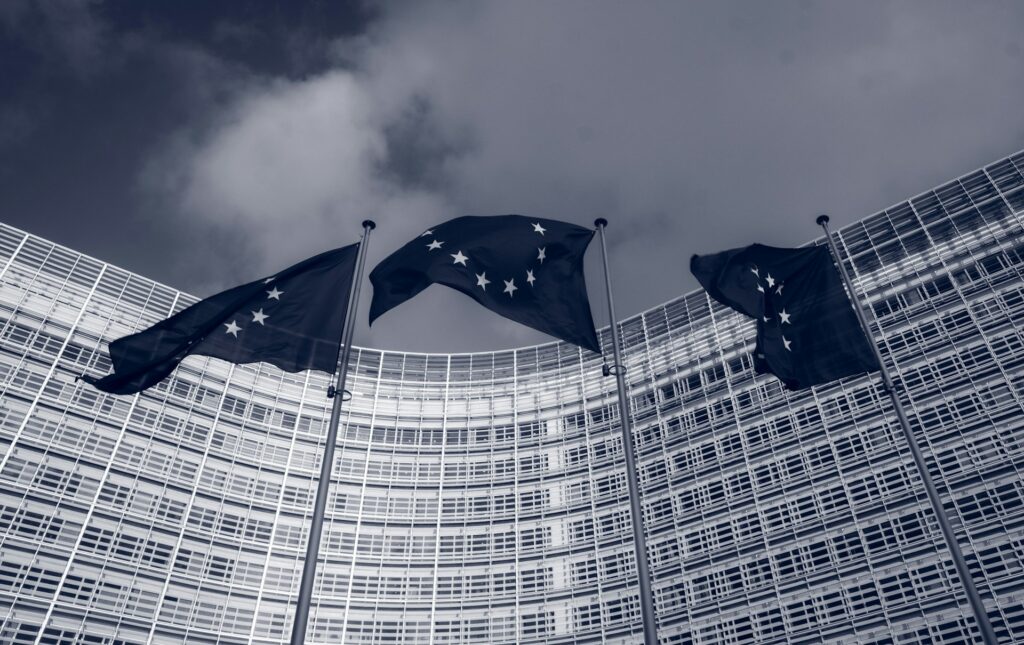
The European economy, once a symbol of stability and growth, finds itself at a crossroads, buffeted by a relentless storm of economic challenges. The war in Ukraine, soaring energy prices, supply chain disruptions, and the looming threat of a recession have cast a long shadow over the continent’s economic outlook, raising concerns about the region’s future trajectory.
A Delicate Balancing Act: The ECB’s Dilemma
At the heart of this economic tempest lies the European Central Bank (ECB), tasked with the daunting task of taming inflation while safeguarding economic growth. Inflation, fueled by factors such as the war and supply chain bottlenecks, has reached alarming heights, reaching a record 7.5% in the eurozone.
The ECB’s traditional weapon in the fight against inflation is raising interest rates, making borrowing more expensive for businesses and consumers, effectively cooling demand and economic activity. However, raising rates too aggressively risks tipping the economy into a recession, unleashing a wave of job losses and financial hardship.
Fears of a Recession Take Hold
The eurozone’s economic ground has already begun to shift, with the region teetering on the brink of a technical recession. A technical recession is defined as two consecutive quarters of negative economic growth, and if the current trend persists into the fourth quarter, the eurozone would officially enter a recession for the first time since the global financial crisis of 2008.
The factors contributing to this economic slowdown are far-reaching and interlinked. Soaring energy costs have hit businesses hard, particularly in sectors like manufacturing and transportation, squeezing profit margins and forcing production cuts. Supply chain disruptions, exacerbated by the war and other global factors, have made it increasingly difficult for businesses to source raw materials and components, further disrupting production and driving up prices.
Consumers, too, are bearing the brunt of these economic headwinds. The rising cost of living, particularly energy and food, has eroded their purchasing power, leading to a decline in consumer confidence. This weakening consumer sentiment is further dampening economic activity, as businesses rely on consumer spending to drive growth.
Mitigating the Impact: A Multi-pronged Approach
As fears of a recession intensify, European governments are scrambling to mitigate the economic fallout. Fiscal stimulus, involving increased government spending or tax cuts, is one potential solution. However, this approach comes with its own set of risks, such as exacerbating inflation or leading to unsustainable levels of government debt.
Other measures under consideration include subsidies or tax breaks to help businesses reduce their energy costs and investments in renewable energy and energy efficiency to reduce the bloc’s reliance on imported fossil fuels.
The European Union is also playing a coordinating role, proposing measures such as a temporary energy price cap and a special fund to support businesses affected by the war.
Addressing the Debt Crisis: A Looming Obstacle
Adding to the European Union’s economic woes is the burgeoning debt crisis. The eurozone’s public debt-to-GDP ratio has reached a record high of 112%, placing a significant strain on government finances and limiting policymakers’ flexibility in responding to economic challenges.
If left unaddressed, the debt crisis could exacerbate the existing economic pressures caused by the war and rising energy costs. A loss of investor confidence, rising borrowing costs, and a further slowdown in economic growth could push the eurozone into a deeper and more prolonged recession.
Conclusion: A Path to Resilience
The European economy faces a challenging period, with the risk of a recession looming large. However, amidst the uncertainties, there are glimmers of hope. Governments are taking steps to mitigate the impact, and the ECB is carefully navigating its monetary policy.
The key to weathering this storm lies in a coordinated and comprehensive approach, encompassing both short-term measures to address immediate challenges and long-term reforms to strengthen the eurozone’s resilience. The European Union must act swiftly and decisively to address the debt crisis, invest in sustainable energy sources, and foster a more resilient economic landscape. Through collaboration, innovation, and a commitment to long-term growth, the European economy can emerge stronger from this turbulent period.
